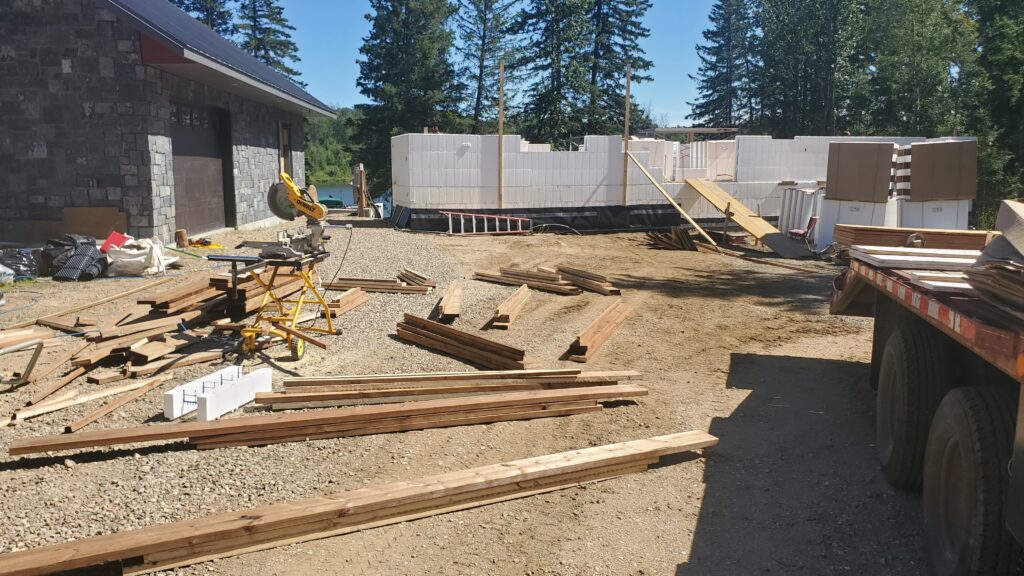As the popularity of Insulated Concrete Forms (ICFs) continues to rise, builders are exploring innovative techniques for constructing sturdy and energy-efficient structures. One such essential aspect is the creation of embedded wood bucks, crucial for securing doors and windows in ICF walls. In this blog post, we will delve into the process of building embedded wood bucks, highlighting the importance of proper construction, securing methods, and considerations for using regular lumber.
Understanding Embedded Wood Bucks:
Embedded wood bucks serve as frames or supports for openings in ICF walls, providing a secure attachment point for doors and windows. Building them requires careful consideration and precision to ensure a seamless integration with the ICF blocks.
Key Steps in Building Embedded Wood Bucks:
Material Selection:
- Opt for sturdy and moisture-resistant materials. While regular lumber can be used, it’s crucial to waterproof it to prevent potential water damage over time.
Proper Sizing:
- Measure the ICF block’s core width accurately. The wood bucks should be ripped down to the width of the concrete core, ensuring a snug fit for optimal support.
Waterproofing Regular Lumber:
- If opting for regular lumber, apply a waterproofing sealant or membrane to protect it from moisture. This step is crucial to prevent deterioration and maintain the structural integrity of the wood bucks.
Securing to the Concrete:
- Position the wood bucks inside the ICF block before the concrete pour. Secure nails on the inside of the wood buck, ensuring they will embed into the concrete. This guarantees a strong and lasting connection between the wood and the concrete.
Alignment and Leveling:
- Ensure the wood bucks are aligned correctly and leveled. Proper alignment is vital for the subsequent installation of doors and windows.
Considerations for Builders:
Additional Labor for Ripping Lumber:
- It’s important to acknowledge that creating embedded wood bucks involves additional labor, particularly when ripping lumber down to the width of the concrete core. While it requires extra effort, the result is a tailored and secure frame for ICF openings.
Advantages of Embedded Wood Bucks:
- Despite the extra work, embedded wood bucks offer numerous benefits. They provide a solid base for doors and windows, enhance the overall structural integrity of the ICF wall, and contribute to the energy efficiency of the building envelope.
Conclusion:
Building embedded wood bucks for Insulated Concrete Form blocks is a meticulous yet rewarding process. By selecting the right materials, ensuring proper sizing, waterproofing regular lumber, and securing the bucks to the concrete, builders can create a robust framework for openings. While the additional effort in ripping lumber may be a consideration, the advantages in terms of structural integrity and energy efficiency make embedded wood bucks a valuable component in modern ICF construction.
